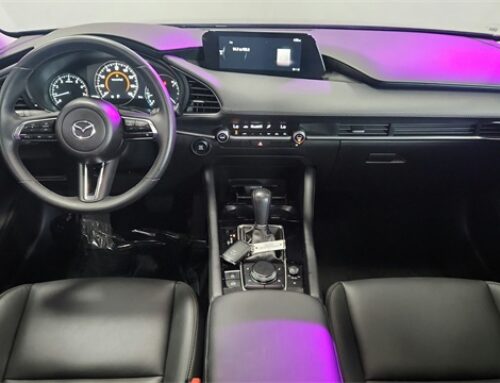Ford Aerostar vs. the 1980s Minivan Competition: A Powertrain Deep Dive
When Ford rolled out the Aerostar in 1986, it wasn’t just entering the minivan market but rewriting the rulebook. With its truck-based roots, rear-wheel drive, and serious powertrain options, the Aerostar brought a tougher, more utilitarian flavor to a segment quickly becoming the suburban staple. But what truly set it apart was what you found under the hood.
Let’s examine the Aerostar’s engine lineup and compare it to key competitors like the Chrysler minivans and GM’s Astro/Safari twins.
The Power Behind the Oval: Aerostar’s Engine Evolution
At launch in 1986, Ford offered buyers a choice between a 2.3-liter inline-four and a 2.8-liter Cologne V6. The 2.3, borrowed from the Ranger and Mustang, delivered 100 horsepower and was aimed more at fuel efficiency than muscle. The Cologne V6, a European-sourced engine, offered 115 horsepower but was phased out early in favor of something with more torque.
Enter the 3.0-liter Vulcan V6. This engine became the workhorse for Aerostar drivers starting in mid-1986. With 145 horsepower, the Aerostar was smoother and more reliable. By 1988, the four-cylinder was discontinued, making Aerostar the first minivan in America powered exclusively by V6 engines.
Later in the run, Ford added the 4.0-liter Cologne V6. With 160 horsepower and available all-wheel drive, the Aerostar was ready for bigger loads and rougher roads. It wasn’t just a people mover; it could tow up to 5,000 pounds when properly equipped.
Chrysler’s FWD Challenger: The Original Minivan Trio
Chrysler’s Dodge Caravan, Plymouth Voyager, and Chrysler Town & Country pioneered the modern minivan. Built on a front-wheel-drive platform, these vans focused on passenger comfort and efficient space utilization. Early engine options included a 2.2-liter four-cylinder producing 96 horsepower and a 2.5-liter variant with 100 horsepower.
In 1987, Chrysler added a Mitsubishi-built 3.0-liter V6, making around 136 horsepower. It was a solid upgrade, but still didn’t match the Aerostar’s rear-drive capability and towing capacity. Chrysler prioritized interior space and front-wheel efficiency, while Ford leaned toward strength and utility.
GM’s Contender: Chevy Astro and GMC Safari
Launched in 1985, the Astro and Safari were GM’s response to the minivan craze. Like the Aerostar, they used rear-wheel drive and had a body-on-frame feel. Engine options included a 2.5-liter four-cylinder making 98 horsepower and a powerful 4.3-liter V6 producing up to 200 horsepower, the most potent offering in the segment.
The Astro offered serious pulling power, but the Aerostar held its own. Ford’s V6s were smoother, more refined, and backed by a wide dealer network that made parts and service accessible nationwide.
What Made the Aerostar Unique
Ford’s approach was different. The Aerostar shared many components with the Ranger pickup and Explorer SUV, meaning it had real truck DNA from the suspension to the drivetrain. And with coil springs at all four corners, it offered a surprisingly smooth ride for a van of its size.
Where Chrysler aimed for families on cul-de-sacs, Ford built for the family that towed a pop-up camper to the lake or hauled drywall on weekends. Even the optional manual transmission in early models pointed to a utility-first mindset.
A Legacy of Practicality and Power
Though production ended in 1997, the Aerostar’s unique place in minivan history lives on. It bridged the gap between family transport and light-duty workhorse, offering real power in a segment mostly known for practicality. And that began with the engines.
In a decade that saw the minivan mature from novelty to necessity, the Aerostar stood tall as the tough guy of the bunch. Thanks to its range of reliable V6 engines, truck-style strength, and a platform that didn’t shy away from hard work, Ford’s first minivan proved it was anything but average.
Whether you’re looking back for nostalgia or hunting down a vintage van with muscle, the Aerostar’s engine options make a compelling case for Ford’s out-of-the-box thinking in the 1980s.




